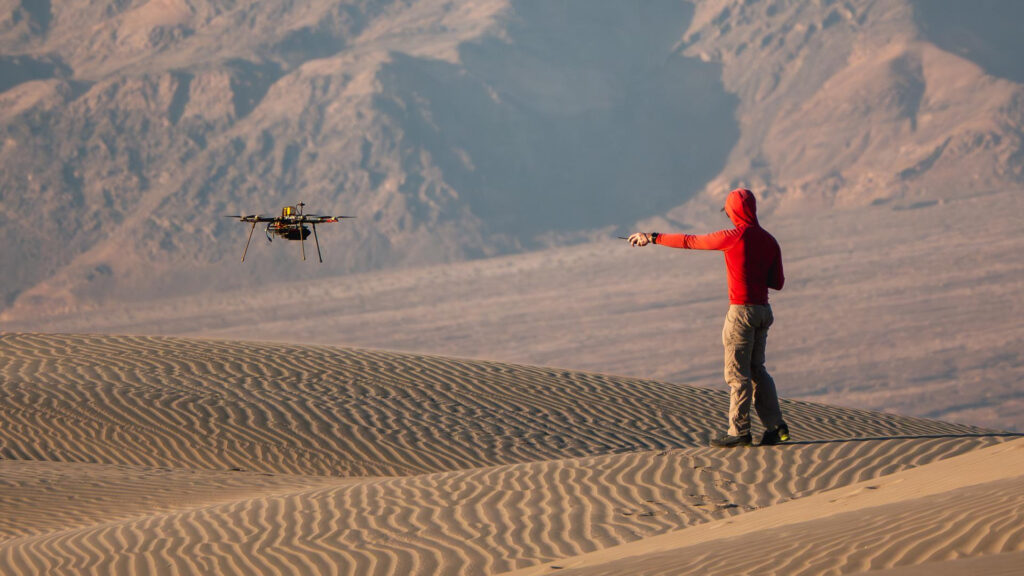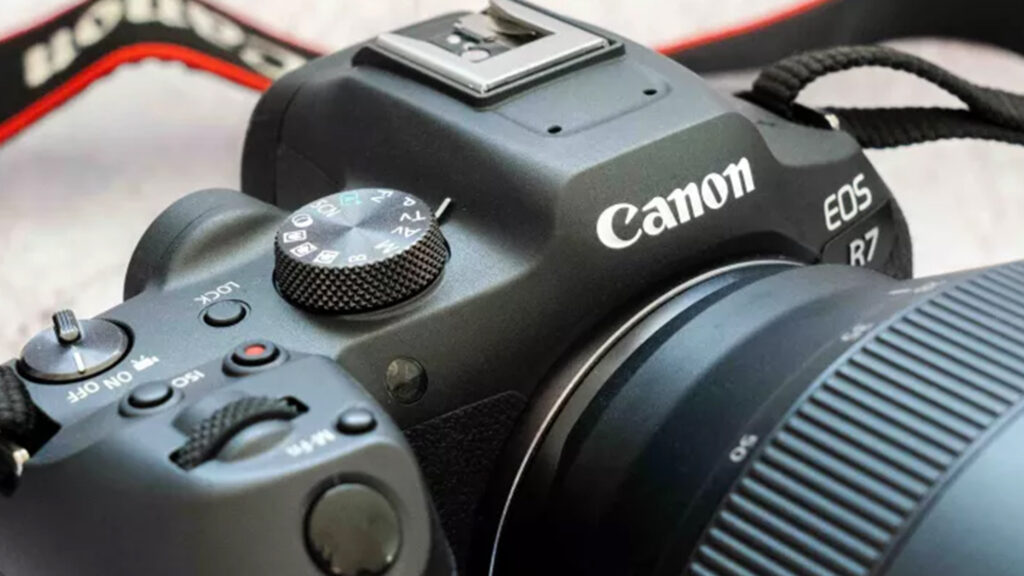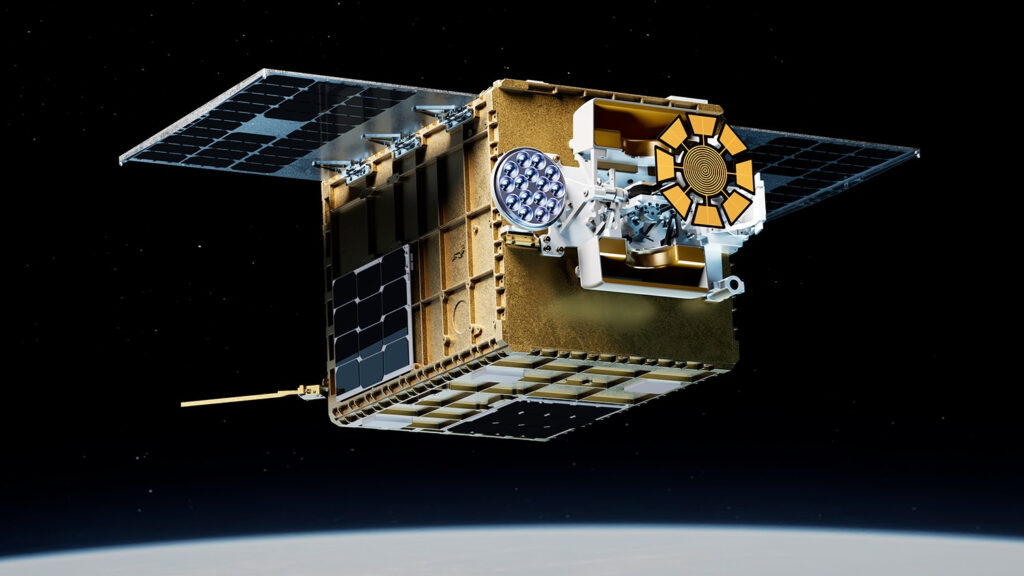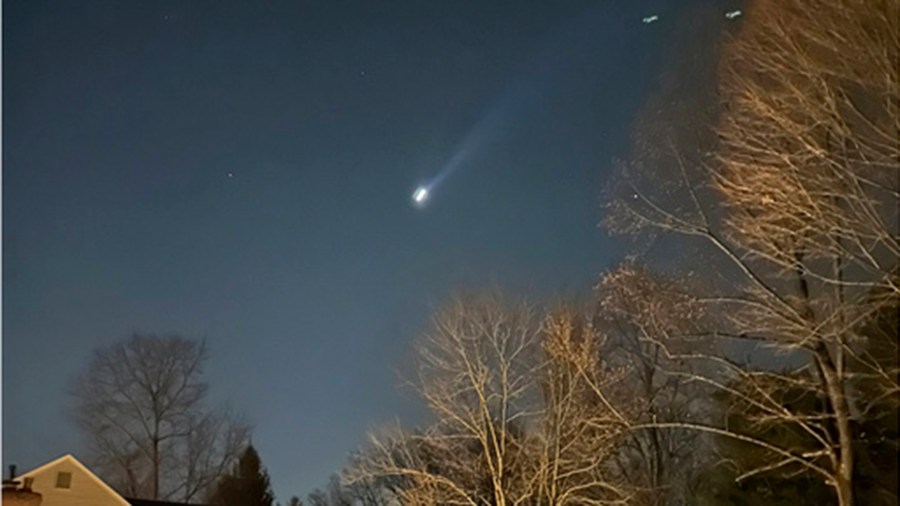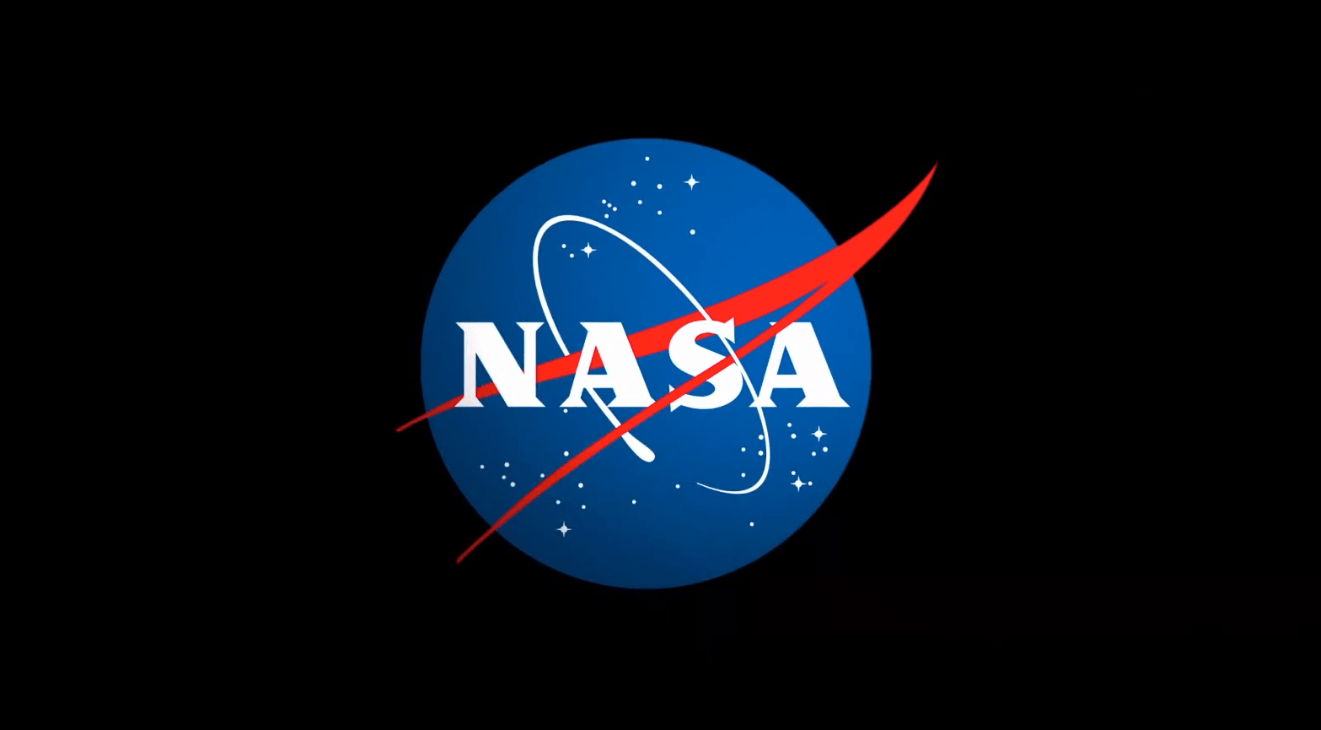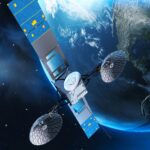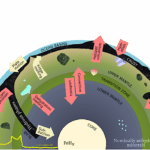Now Reading: NASA astronaut uses homemade star tracker to take incredible deep space photo from ISS
-
01
NASA astronaut uses homemade star tracker to take incredible deep space photo from ISS
NASA astronaut uses homemade star tracker to take incredible deep space photo from ISS
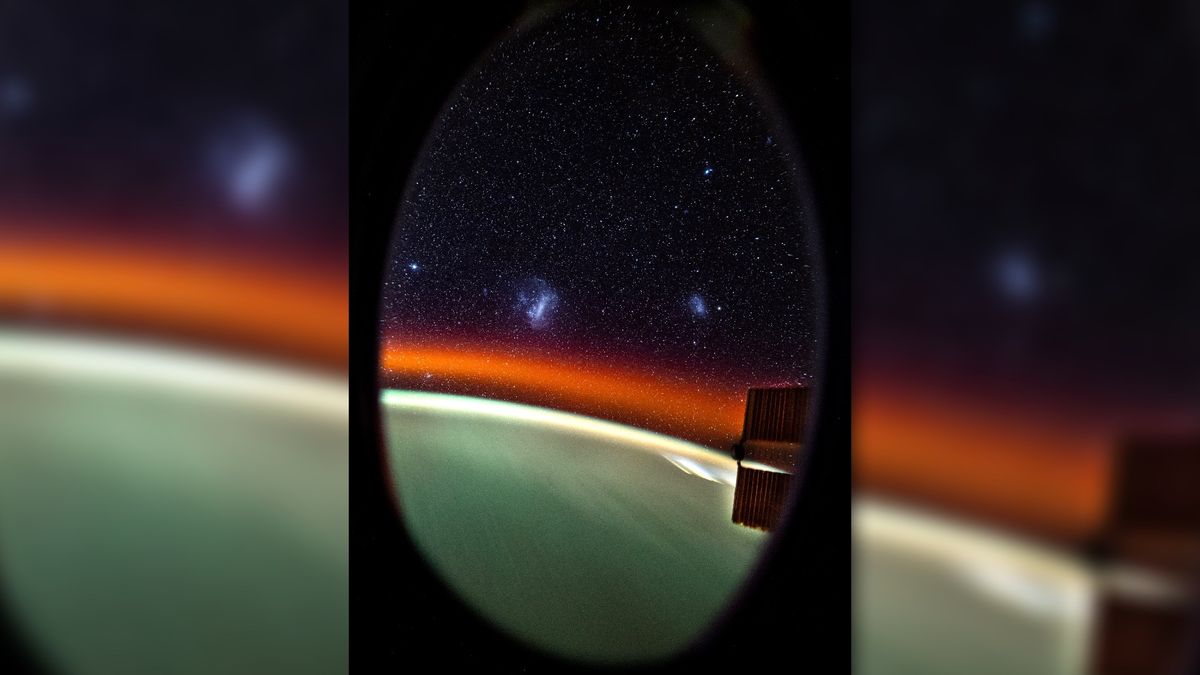
Astronauts are many things. They’re often scientists, engineers, or pilots. And in the case of NASA astronaut Don Pettit, he’s also an astrophotographer.
Pettit is currently on his third stay on the International Space Station (ISS), and he’s continuing his long-running tradition of taking out-of-this-world photos (pun intended). His latest shot, an image of the stars and several galaxies, showcases not only his visual prowess, but also his engineering skills — he used a self-designed tool to accomplish this photo.
At first glance, the image might look like a rather typical shot from the ISS: You see stars and the curvature of Earth, with a distinct orange glow above our planet’s surface. But there’s something strange about the photo: The surface of Earth is blurred, yet hundreds if not thousands of stars are in perfect focus.
Under normal circumstances, long-exposure photographs such as this should show the stars as streaks across the sky, since the ISS is moving at about 17,500 miles per hour (28,000 km per hour).
But therein lies Pettit’s genius. He’s brought with him to space a homemade star tracker, a device that rotates a camera to compensate for the ISS’s movement. It’s a variation on a tool used by astrophotographers on Earth to take long exposures of the stars as the planet rotates beneath the night sky, compensating for that rotation to keep the stars from becoming streaks in the image.
“This tracker rotates at 90 min [sic] period to match the pitch rate of ISS. Without this tracker, you can not take photo longer than 1/2 sec [sic] without star blur due to the rate of orbital motion,” wrote Pettit on Reddit.
The result is an unbelievably clear image of the night sky, showing vastly more stars than is possible with a shorter exposure. (Longer exposures let in more light, or in this case, fainter stars.)
In space, you can see stars!I flew a home-made tracking device that allows time exposures required to photograph star fields.Stay tuned for more photos like this. pic.twitter.com/OO57o4oU8lDecember 5, 2024
RELATED STORIES:
This isn’t the first time Pettit demonstrated his engineering skills on the ISS. In 2008, he devised the zero-G coffee cup, which became the first patented invention in space.
The astronaut was tired of sipping his tea and coffee out of pouches through straws, sort of like a Capri Sun — in microgravity, you can’t tip a cup to get the liquid out, and if you shake it, the liquid will slosh out. But Pettit fashioned an open-container cup from a piece of plastic that uses surface tension to function akin to a cup on Earth.
“It adds back the dimension of what it’s like to be a human being in a civilized way,” he said in a YouTube video.
Stay Informed With the Latest & Most Important News
Previous Post
Next Post
-
 012024 in Review: Highlights from NASA in Silicon Valley
012024 in Review: Highlights from NASA in Silicon Valley -
 02Panasonic Leica Summilux DG 15mm f/1.7 ASPH review
02Panasonic Leica Summilux DG 15mm f/1.7 ASPH review -
 03From Polymerization-Enabled Folding and Assembly to Chemical Evolution: Key Processes for Emergence of Functional Polymers in the Origin of Life
03From Polymerization-Enabled Folding and Assembly to Chemical Evolution: Key Processes for Emergence of Functional Polymers in the Origin of Life -
 04How New NASA, India Earth Satellite NISAR Will See Earth
04How New NASA, India Earth Satellite NISAR Will See Earth -
 05And Thus Begins A New Year For Life On Earth
05And Thus Begins A New Year For Life On Earth -
 06Astronomy Activation Ambassadors: A New Era
06Astronomy Activation Ambassadors: A New Era -
07SpaceX launch surge helps set new global launch record in 2024












